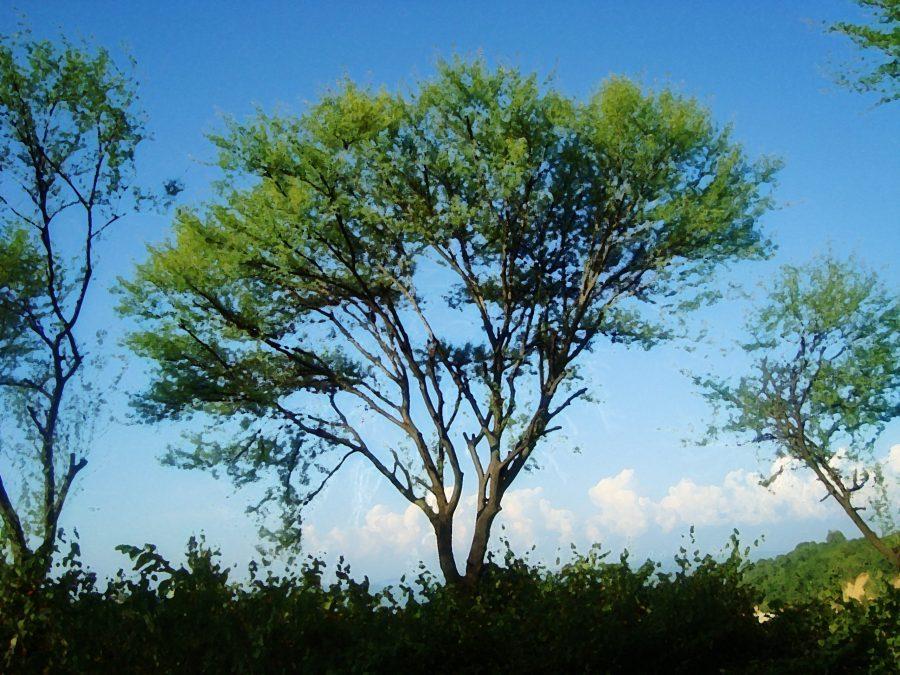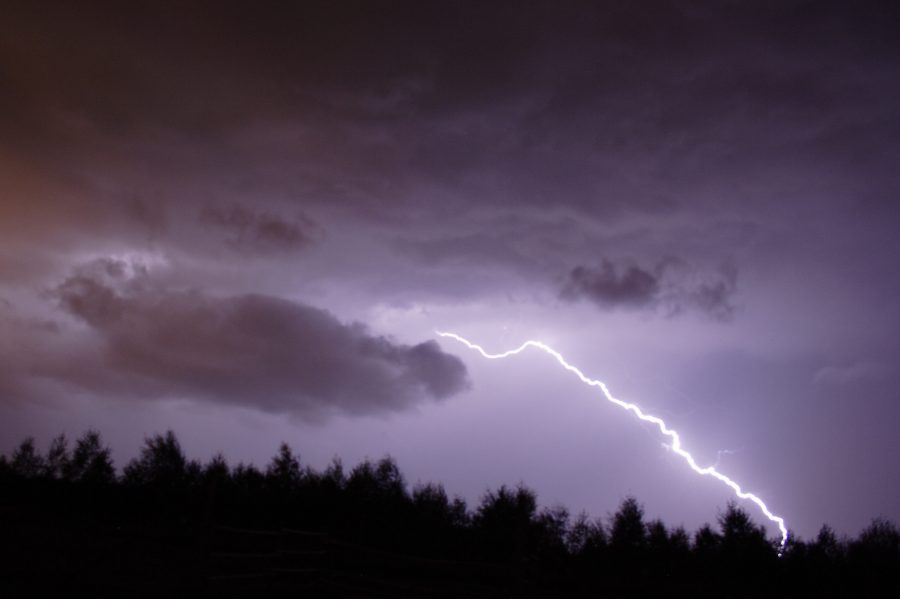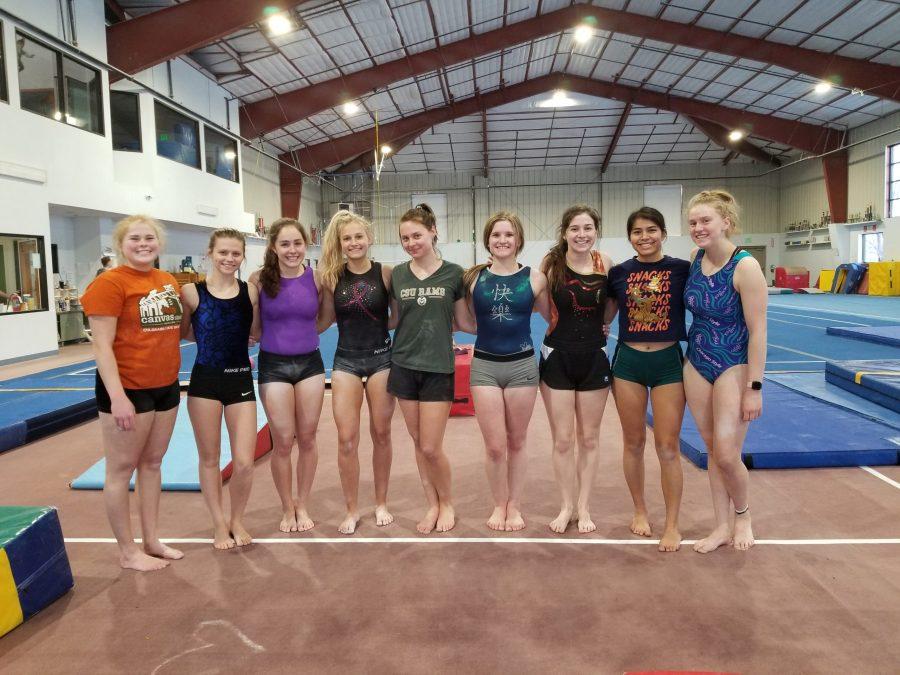Sponsored Content
Winter break is right around the corner for CSU students, faculty and staff, and many of them will be hitting the slopes in Colorado during their time off. While Colorado offers amazing groomed runs and beautiful backcountry for people to explore, it is also important to keep in mind that where there’s slopes and snow, there are bound to be avalanches.
According to the Colorado Avalanche Information Center, Colorado is the current leader in the number of avalanche deaths from the 1950 to the 2018-19 season. In 2019 alone, Colorado has had eight avalanche fatalities.
Because avalanches are a part of backcountry snow riding in Colorado, it is recommended that everyone wanting to go to the backcountry should get the proper training. There are many companies that have avalanche education training. The company Know-Before-You-Go provides people with an introductory class about basic avalanche hazards and conditions. But it is recommended to take the full Level 1 avalanche course from any reputable provider; this will typically be around 24 hours of training time total.
Simply having the proper gear and training doesn’t completely protect you from avalanches. Any backcountry riders must use their training, observation skills, and good team communication to assess the terrain before they drop a line. Don’t be afraid to make a plan and opt for a more conservative path to avoid danger. Don’t worry, the mountain will still be there tomorrow.
Be sure to check sites, such as avalanche. state.co.us, to find out the forecast for the backcountry and the predicted hazards. Also, if you’re interested in getting avalanche training, CSU is offering one in January through Never Summer Outdoor School and there are tons of other trainings being offered: avtraining.org
The information provided in this article is thanks to Chris Denne, a teacher on avalanche safety for Never Summer Outdoor School and a Diamond Peaks Ski Patroller for 17 years. He hopes that “this info can help keep the CSU community safe while enjoying our mountains.”











